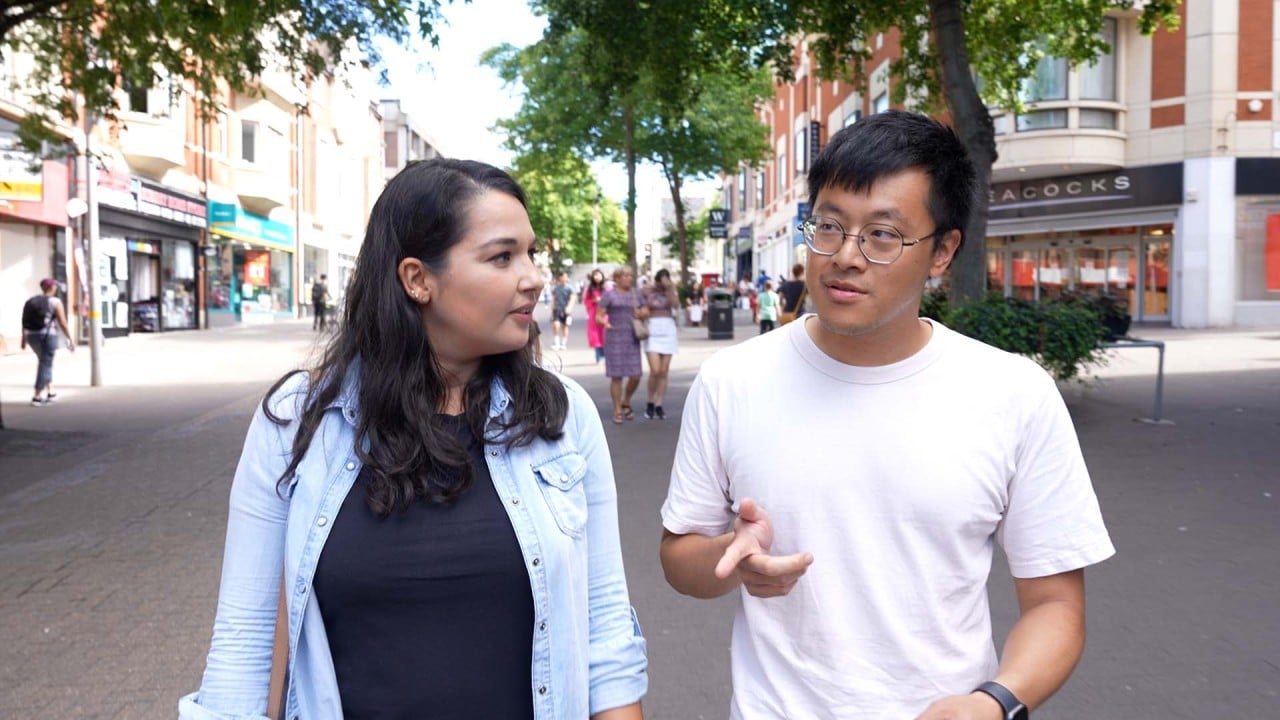
Hong Kong’s population growth should prompt some soul-searching
- While the growth in numbers is heartening, the city’s low fertility rate and ageing population call for creative approaches
- With migration set to be the main mode of population growth, the city must focus on diversity and inclusiveness
The number of deaths continued to outnumber births, however, resulting in a natural decrease of 21,200 people. The growth last year was mainly because of migration – the city recorded a net inflow of 51,700 residents.
Of these, 40,800 were one-way permit holders – the spouses or children of Hong Kong residents – and another 10,800 comprised the net gain in migration after taking into account the inflow and outflow of Hong Kong residents.
Here are some observations from the department’s latest report that are of great importance for Hong Kong’s future population development.
First, the impact of migration on population development must be recognised as it is likely to play an even greater role in the future. The government suggests that many Hong Kong residents who went abroad during the Covid-19 pandemic returned to the city last year, noting that there was a considerable inflow of permanent residents in the second half of 2023.
Second, the fact there were 700 more births in 2023 than in 2022 is an important sign. Although small, it is the first increase in six years. The total fertility rate in 2023 – the number of children a woman is expected to have over her lifetime – is still 0.7, which is well below the replacement level of 2.1.
Nevertheless, at least the decreasing trend has halted. In 2024, one can be cautiously optimistic that the increase in the number of births will continue, as there was also a 58 per cent increase in the number of marriages in 2023. As most children in Hong Kong are born to married couples, the increase in the number of marriages could provide further momentum for a fertility rate increase.
Migration has become an important issue for Hong Kong, and the changes will not be smooth unless more effort is made to iron out the difficulties in retaining talent and maintaining social harmony.
Ageing in Hong Kong: can we look forward to more than care homes?
The government needs to adopt a more proactive mindset in shaping Hong Kong’s future as a metropolis. We sometimes seem too obsessed with numbers and it is important to ensure we have the capacity to absorb an increasing number of migrants, without compromising on opportunities for the local population. We welcome migrants to replenish our dwindling population, but the needs of local people must also be addressed.
Hong Kong would serve the country best by maintaining its distinctiveness and uniqueness as a global metropolis. We need to be inclusive and diversify, and adopt a forward-looking approach. Hong Kong society has to find its own way to meet the challenges arising from a low fertility rate, an ageing population and increasing migration.
Paul Yip is the associate dean (knowledge exchange and development) in the Faculty of Social Sciences at the University of Hong Kong


